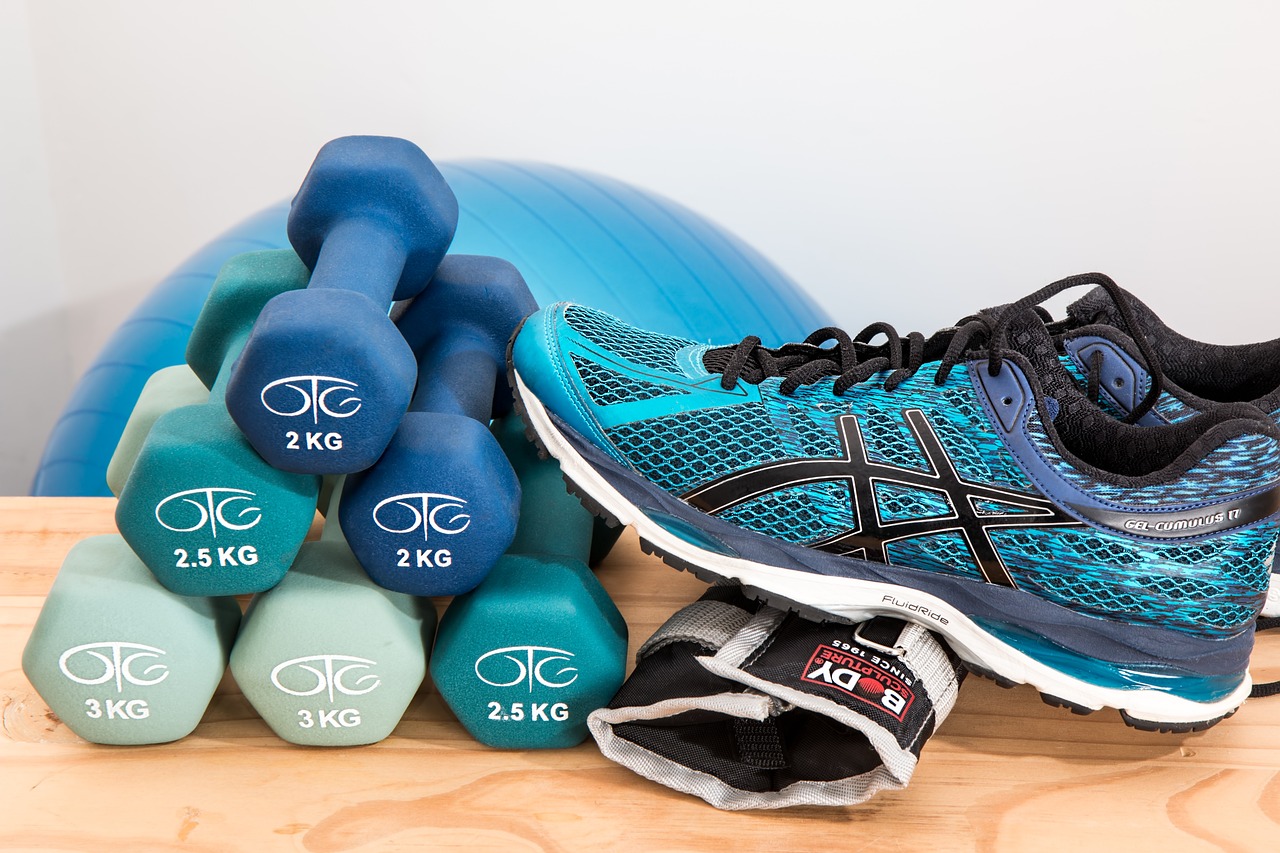Unleash your potential with a deep dive into the benefits of functional training. Discover how this dynamic approach enhances strength, mobility, and overall fitness, helping you achieve real-world functionality and optimal performance.
Functional training has gained significant popularity in the fitness world for its focus on improving everyday movements and enhancing overall fitness. Unlike traditional gym workouts that isolate individual muscle groups, functional training emphasizes movements that mimic real-life activities. In this article, we’ll delve into the numerous benefits of functional training and why it’s a game-changer for your fitness journey.
1. Improved Real-Life Performance: Functional training focuses on movements that mirror daily activities, such as squatting, lifting, twisting, and pushing. By enhancing these movements, you’ll experience improved performance in your everyday tasks and activities.
2. Enhanced Core Strength and Stability: Functional exercises often engage multiple muscle groups, including your core. This leads to improved core strength and stability, which is essential for maintaining proper posture and preventing injuries.
3. Increased Functional Strength: Functional training emphasizes functional strength, which means having the strength to carry out everyday activities effectively and with reduced risk of strain or injury.
4. Greater Joint Flexibility and Mobility: The varied and dynamic movements in functional training promote joint flexibility and mobility. This can help reduce the risk of joint-related issues and enhance overall range of motion.
5. Balanced Muscle Development: Unlike traditional weightlifting, functional training engages multiple muscle groups simultaneously, promoting balanced muscle development and reducing the risk of muscle imbalances.
6. Injury Prevention: By improving movement patterns and strengthening stabilizing muscles, functional training can reduce the risk of injuries both in and outside of the gym.
7. Calorie Burn and Fat Loss: Functional training’s focus on full-body movements and higher intensity can lead to increased calorie burn, making it an effective option for those seeking fat loss and improved cardiovascular fitness.
8. Time Efficiency: Functional training often involves compound movements that work multiple muscle groups at once, allowing you to achieve a comprehensive workout in less time.
9. Adaptability for All Fitness Levels: Functional training exercises can be easily modified to suit different fitness levels, making it accessible to beginners and challenging for advanced athletes.
10. Engaging and Fun Workouts: The variety of movements and exercises in functional training keeps workouts engaging and enjoyable, reducing the risk of workout boredom.
11. Better Sports Performance: For athletes, functional training can directly translate to improved sports performance by enhancing specific movements and muscle recruitment patterns used in their sport.
12. Holistic Approach to Fitness: Functional training takes a holistic approach, focusing on overall functionality rather than just aesthetics. This aligns with a broader understanding of fitness as a way to improve quality of life.
13. Core Integration: Functional movements often require you to engage your core to stabilize your body, leading to improved core strength and stability.
14. Increased Agility and Coordination: The varied and dynamic movements challenge your agility and coordination, enhancing your overall physical prowess.
Functional training offers a unique and effective way to enhance your physical abilities, prevent injuries, and improve your overall quality of life. By incorporating functional movements into your fitness routine, you’ll be better equipped to tackle the challenges of everyday life with strength, flexibility, and confidence.







Leave feedback about this